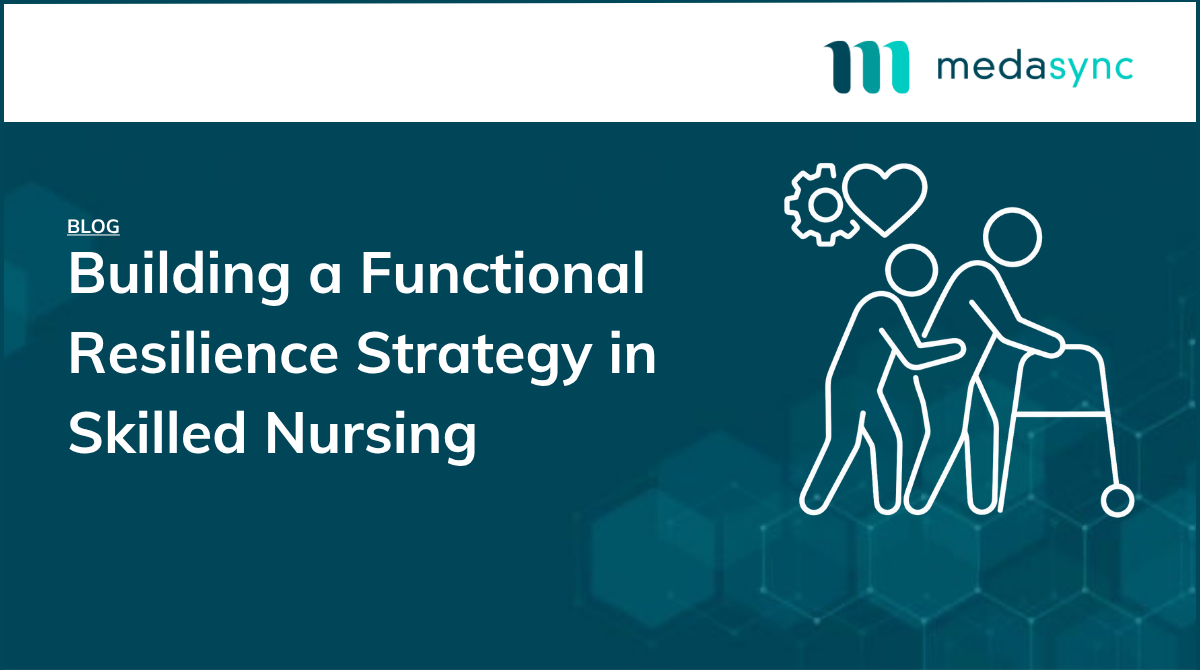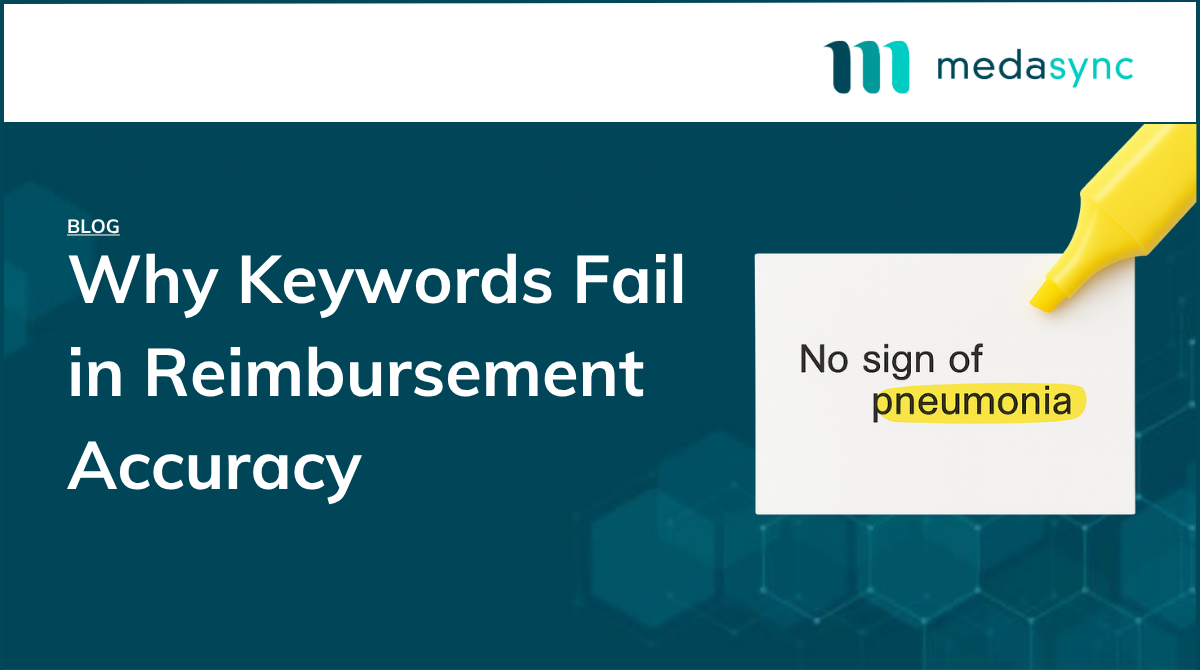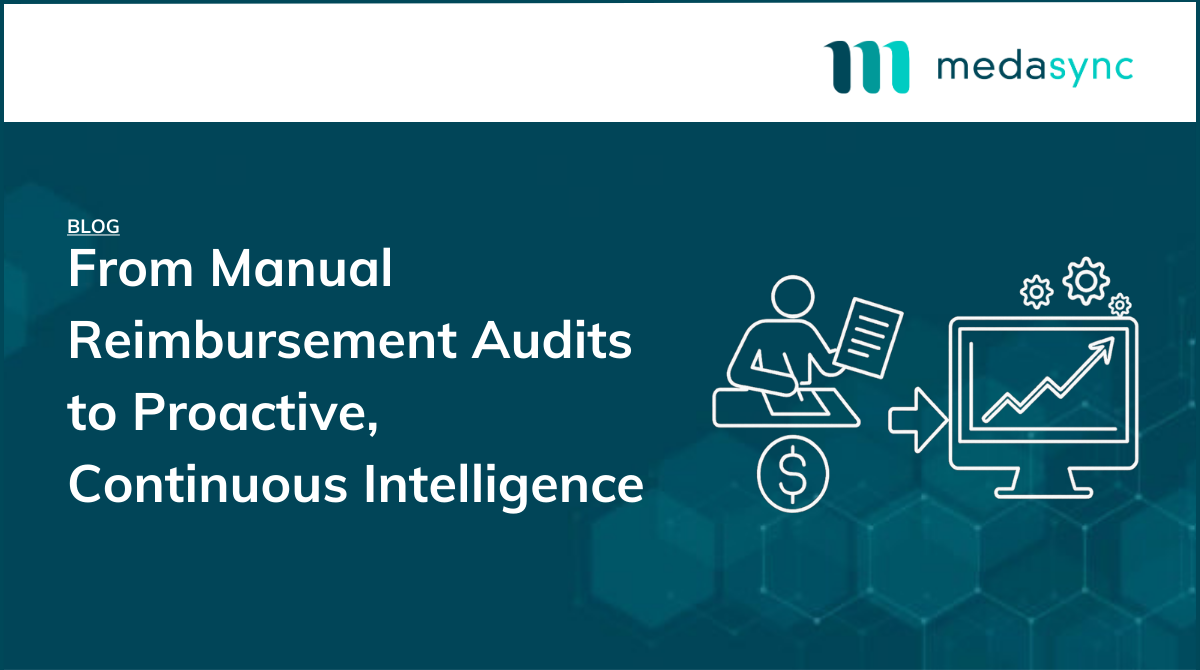Need to Improve Managed Care Efficiency at Your SNF? Technology Is the Answer
As a Nursing Home Operator, You’re Likely Facing More Challenges Than Preparing for a New Reimbursement System
Across the country, skilled nursing facilities are working tirelessly to do what they do best: provide outstanding care for patients and their families. Along with this responsibility comes a significant number of administrative tasks to support those care efforts — from managing prescriptions and services to communicating with internal departments and reporting to insurance companies, families, and more. The list is never-ending.
And, for those of us in highly penetrated managed care states, a heavier managed care caseload means more cumbersome, time-consuming administrative tasks to complete before, during, and after the stay. The work is only going to continue to grow. How do we know? Managed care has been growing tremendously over the past few years with no signs of stopping.
In 2019 alone, managed care is expected to grow by 12 percent. That figure might sound insignificant, but when you consider that there are more than 15,000 SNFs in the United States serving nearly 1.5 million patients (and that figure may already be outdated), the numbers start to add up — and add up they will as our population continues to age — requiring more and more post-acute services, experienced staff, and administrative tasks to support them.
It’s those managed care-related administrative tasks that function as one of the greatest sticking points for SNFs today. As caseloads continue to increase, so too does the workload. Think about it: if you’re spending 1.5 hours each day completing a few concurrent reviews or updates for the managed care company, what would happen if that caseload doubles or triples? You’d pull your hair out.
One case manager once told MedaSync that when her caseload rises above 20, her blood pressure starts to rise, she works well into the evening, and she stresses about potentially missing something — impacting revenue integrity. And, this is certainly playing out in many urban areas across the nation, where they are experiencing an uptick in administrative time as their managed care caseload increases.
Let’s explore a few workflows that have the potential to breakdown with volume increases:
Prior-Authorization Management
Your pre-admission workflow is a good place to start because it not only involves an understanding of each resident’s managed care plan and their service needs, but it also includes several employees in the process. We all know to run the insurance and verify primary and secondary payers, plus look at medications, equipment needs, patient needs, and condition. But to gain insurance certification from most managed care payers, you also need to gather and submit key documents and pieces of information from the referral such as:
- The patient’s H&P in the last 7 days
- Nursing notes within the last 48 hours
- Medication list (currently at the hospital and anticipated discharge meds)
- Therapy notes and evaluations for PT, OT, and ST within the last 48 hours
And, depending upon the case, you may also need to share additional information like wound stage and dressing; IV delivery frequency and the type of port; or the TPN formula, rate, and frequency. The workflow here is two parts data collection and one part tracking down the authorization. It’s important to identify who is doing what.
For example, if you have a centralized intake process through your corporate office, who’s responsible at the building for collecting all the information or picking up the process in case the team is backed up? Is marketing running down documents from the referral source? How is that shared with the off-site intake team? Who is looking at service needs relative to the contract and advocating? And, above all, where are you saving all this information (documents from the hospital, insurance authorization, forms, etc.) so when you’re dealing with a potential audit or an appeal down the road, the information is easily searchable and accessible?
With such heavy responsibility on your team’s shoulders, there’s no room for error. These are all fairly manual tasks that require a great deal of effort and mindshare from your team to manage. If data hand-offs between team members and additional stakeholders don’t go as planned, get stuck, or fall between the cracks, the consequences can quickly spiral out of control. And as your caseload increases, or even if certain team members take time off or resign, the likelihood of these workflows breaking down only increases.
Re-Certification & Concurrent Review
Most managed care insurance companies require an update or re-certification within the first few days of the patient stay and on a re-occurring cadence. The key process pieces here are schedule, collect, transmit, and advocate. A team calendar works great to make sure everyone knows when the update is due. Transparency and communication are key here, especially when you’re relying on multiple stakeholders to have all the information complete in a timely manner.
A good example is that most insurance companies want therapy minutes and notes. Often this isn’t in the EHR, so having a process that lets the therapist know when the update is due as well as a mechanism for compiling that information is critical.
This is also one of those tasks that can get really bogged down when your managed care caseload spikes. A typical update may take 45 minutes to an hour and a half to complete which includes collecting all the data from the necessary parties, printing out documents to be faxed, and of course, filling out those lovely insurance forms. If you have one or two due each day, you may have a half day of work. If you have 10, it can be a nightmare.
Needless to say, there are many tasks involved in this step. Missing even one can make an impact financially and even impact patient care down the road. Additionally, missing a step can also cause havoc in your team internally. If someone isn’t notified of a responsibility because someone else forgot or was too busy to get to it, it could cause service disruption, tension, and other challenges. Then, multiply that by how many staff you have and the processes between them, and you’ve got yourself a serious problem.
What to Look for in a Technology Solution to Improve Managed Care Efficiency at Your SNF
Platforms are available that can help SNFs make more efficient use of their data for operational benefits. Let’s take a look at some considerations that will help you identify the best technology solution for improving managed care efficiency at your SNF — now and for years to come.
The Solution Must Automate As Much As Possible
It’s simple: manual processes are needlessly time-consuming and will break down under volume pressures. And manual or double entry of the same data should be out! Many aspects of case management can stand to be automated — how information is gathered, compiled, and shared via clinical updates, how services are captured for reimbursement, how they’re communicated to the billers, how case managers learn of changes and trends in care delivery, and so on.
As an example, MedaSync centralizes patient data needed to complete a concurrent review in a single, easily accessible location. The system also helps you schedule when the updates are due and creates transparency with other stakeholders to ease communication burdens. The same holds true pre-admission with an easy-to-navigate workflow that guides you through collecting and analyzing information from the referral as it relates the prior-authorization.
The Solution Must Enable Better Decision-Making
Finally, data is only as good as the behavior it changes. The benefits of a technology solution will amount to nothing if they don’t provide the insights needed to help your SNF make better decisions. Too often, operators get stuck in the weeds of being task-oriented.
By 11:00 AM today, we need to send nurse notes, physician orders, ADLs, therapy notes, and more to complete the update and maintain the authorization. And, we need to do this five times over for five more patients, again, by 11:00 AM. While you’re compiling all this information, are you really taking the time to understand what’s going on with the patient, what services you’re providing and how that all aligns to the contracted care level? The prior-authorization and re-certification process is not only an administrative task that has to be done, but it’s also a chance to advocate, make requests, and develop a relationship with the payer.
MedaSync aims to take some of the guesswork out of patient understanding by using a unique combination of machine learning and natural language processing to summarize and highlight key elements such as a nurse note that may indicate a clinical change or a service order that can be billed to the insurance directly. Ultimately, this kind of business intelligence enables a level of understanding that aids real-time decision-making that SNFs have never had before.
Improve Managed Care Efficiency with MedaSync
Initially, PDPM will only impact traditional Medicare, and managed care payers may or may not adopt it on their own timeframe. Either way, it’s critical that your SNF gets in a stronger position to manage an increasing managed care caseload sooner rather than later, in parallel with PDPM. Two-thirds of people newly eligible for Medicare are choosing Medicare Advantage, which means the new rules of PDPM don’t necessarily apply to their care — but the administrative to-dos will.
If your SNF doesn’t have the technology that it needs to truly make managed care more efficient, for internal teams’ efficiency as well as patient care quality, now is the time to make a change. MedaSync was built to help SNFs become managed care masters, and because our system uses the data you already have, it’s easy to get started.
Contact us for a private demo now and be up and running in just a few business days.





